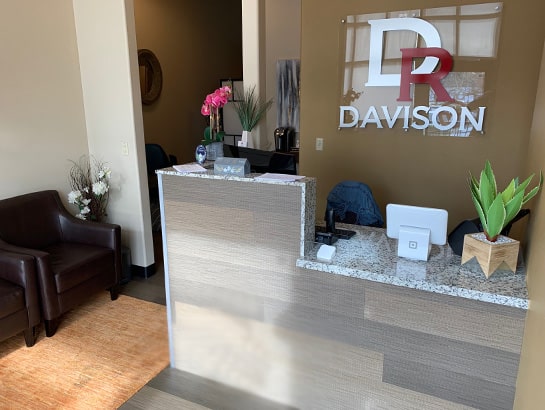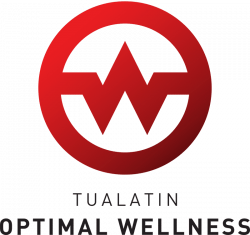frequently asked questions
Frequently Asked Questions
Yes, very safe. Chiropractic care is widely recognized as one of the safest drug-free, non-invasive therapies available for the treatment of neuromusculoskeletal complaints. Most independent research recognizes that chiropractic care is safe and effective for pain and conditions of the spine. Both U.S. and Canadian studies have supported chiropractic care for safety, effectiveness, and validity.
Adjustment (or manipulation) of a joint may result in the release of a gas bubble between the joints, which makes a popping sound. The same thing occurs when you “crack” your knuckles. The noise is caused by the change of pressure within the joint, which results in gas bubbles being released. There is usually minimal, if any, discomfort involved.
The answer is YES! Not all manipulation OR adjusting requires a “popping” sound in the joint. There are various techniques to mobilize and correct a joint dysfunction or abnormal movement without the scary noise that makes most people fear their treatment. Various techniques range from instruments (i.e. arthrostem, activator, and impulse methods), Strain-Counterstrain technique (passive mobilization), and soft tissue remedies to name a few. Whatever is causing you pain, there is a remedy. Let us help you recover!
Chiropractic care is used most often to treat neuromusculoskeletal complaints such as neck/back pain, pain in the joints of the arm/legs, headaches, and nerve pain. Although chiropractic is used for these types of conditions, studies have also found it to be effective for a variety of conditions such as migraines, carpal tunnel syndrome, fibromyalgia, infantile colic, gastrointestinal issues, and much more.
Many chiropractors recommend continuing “maintenance care”, but researchers have not been able to demonstrate the benefit of seeing a chiropractor on a regular basis once a condition is stabilized or resolved.
Doctors of chiropractic care educated as primary-contact health care providers, with an emphasis on diagnosis and treatment of conditions related to the musculoskeletal system (the muscles, ligaments and joints of the spine and extremities) and the nerves that supply them. Educational requirements for doctors of chiropractic are among the most stringent of any of the health care professions. The typical applicant for chiropractic college has already acquired nearly four years of pre-medical undergraduate college education, including courses in biology, inorganic and organic chemistry, physics, psychology and related lab work. Once accepted into an accredited chiropractic college, the requirements become even more demanding — four to five academic years of professional study are the standard.
Doctors of chiropractic are educated in orthopedics, neurology, physiology, human anatomy, clinical diagnosis including laboratory procedures, diagnostic imaging, exercise, nutrition rehabilitation and more. Because chiropractic care includes highly skilled manipulation/adjusting techniques, a significant portion of time is spent in clinical technique training to master these important manipulative procedures. In total, the chiropractic college curriculum includes a minimum of 4,200 hours of classroom, laboratory and clinical experience. The course of study is approved by an accrediting agency that is fully recognized by the U.S. Department of Education.


